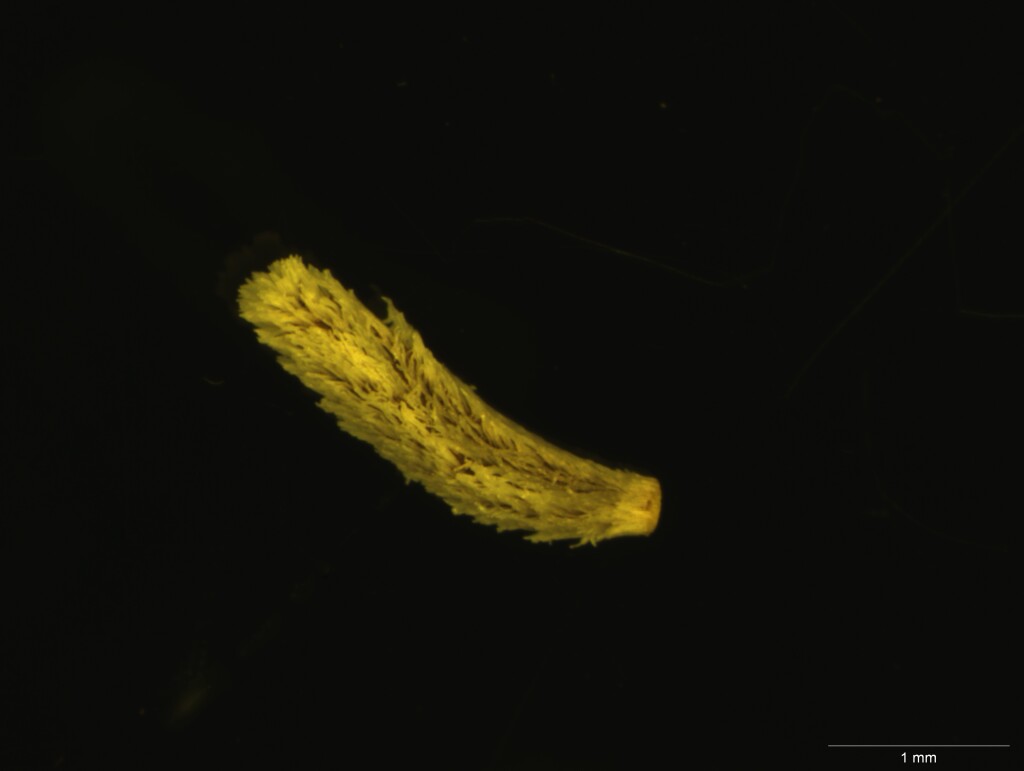Senecio glossanthus
(Sond.) BelcherErect, few-branched or simple, ephemeral or annual herb c. 30 (–50) cm high; sparsely pubescent with scattered, erect or appressed septate hairs. Leaves sessile, attenuate to cuneate at base or becoming cordate upwards, linear or very narrow-elliptic to ovate in outline, to 7 cm long, to 4 cm wide, glabrescent, undivided or lobate to sub-pinnatisect; margin entire, denticulate or dentate. Inflorescence corymbose, usually with few, sometimes only 1 (rarely to c. 40) capitula; capitula radiate; involucre narrowly campanulate, 3.5–6 mm long; bracts (5–)7–10(–13); bracteoles present. Ray florets (4–)5–8, yellow, ligules 1–2 mm long, usually exceeding bracts; disc florets 9–17, yellow. Cypselas cylindric, those of ray florets 2.3–3.5 mm long, usually completely covered with papillose hairs that clearly exceed pappus ring; those of disc florets 1.8–3 mm long, 50–90 % of surface covered by shorter papillose hairs that barely exceed pappus ring; pappus of slender white hairs 3–3.5 mm long, deciduous. Flowers mostly winter and spring.
LoM, MuM, Wim, VVP, VRiv, MSB, RobP, MuF, GipP, Gold, CVU, NIS, HSF. All mainland states. Common in dune-mallee associations, shrubland, woodland, seasonally wet areas and clay pans in north-western Victoria, occasional in whipstick and box-ironbark forests of the central area, and collected once in 1869 from the You Yangs.
Lawrence (1980) detected both tetraploid (2n = 40) and octoploid (2n = 80) ploidy levels within Senecio glossanthus and suggested that they were correlated with leaf morphology. This was not confirmed in a taxonomic revision of S. glossanthus undertaken by Thompson (2005a).
Walsh, N.G. (1999). Senecio. In: Walsh, N.G.; Entwisle, T.J., Flora of Victoria Vol. 4, Cornaceae to Asteraceae, pp. 941–965. Inkata Press, Melbourne.
 Spinning
SpinningThompson, I.R. (2005). Taxonomic studies of Australian Senecio (Asteraceae) 4. A revision of Senecio glossanthus and recognition of an allied species with long ligules. Muelleria 21: 3–22.




